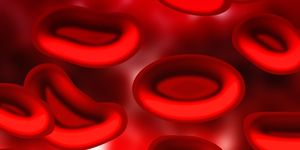Expanding Microchip Storage with 3D Technology
Most recently engineers are utilizing 3D components on a standardized 2D microchip to use up to 100 times less chip space. Researchers added up to three orders of magnitudes of induction to meet the performance of modern electronic devices. Traditionally, microchip inductors are large 2D spirals of wire that produce stronger inductance. However, using self-rolling magnetic nanoparticle-filled tubes, magnetic field distribution can be condensed and energy storage in 3D space while maintaining a small space on a chip.
Learn more about memory chips:
"A longer membrane means more unruly rolling if not controlled," says study leader and professor at the University of Illinois. "Previously, the self-rolling process was triggered and took place in a liquid solution. However, we found that while working with longer membranes, allowing the process to occur in a vapor phase gave us much better control to form tighter, more even rolls."
Findings were published in the journal Science Advances which describes a critical key development—the addition of a solid iron core.
"The most efficient inductors are typically an iron core wrapped with metal wire, which works well in electronic circuits where size is not as important of a consideration," Li said. "But that does not work at the microchip level, nor is it conducive to the self-rolling process, so we needed to find a different way."
To perform this, scientists added an already-rolled membranes with an iron oxide nanoparticle solution using a tiny dropper.
"We take advantage of capillary pressure, which sucks droplets of the solution into the cores," Li said. "The solution dries, leaving iron deposited inside the tube. This adds properties that are favorable compared to industry-standard solid cores, allowing these devices to operate at higher frequency with less performance loss."
Source: Science Daily









